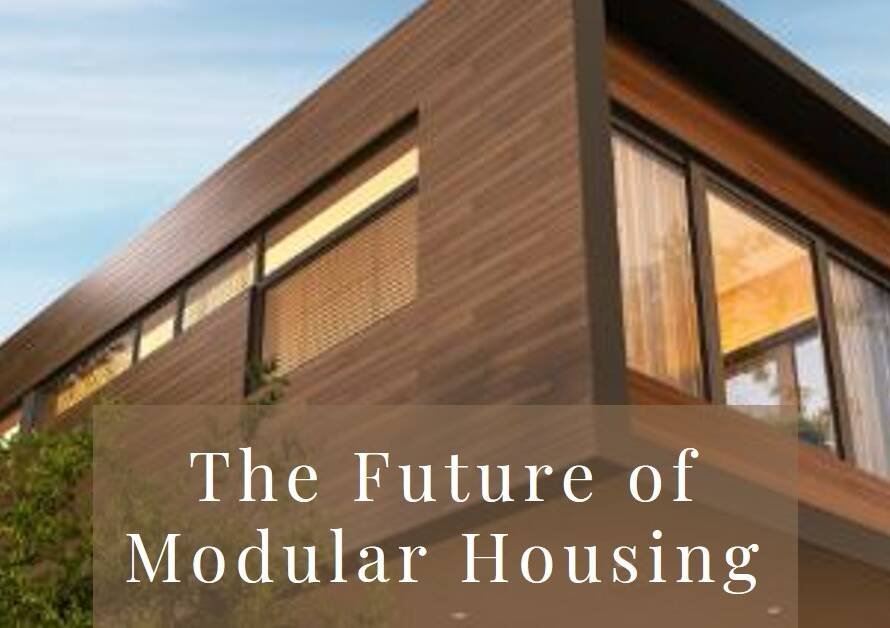
Table of Contents
Introduction:
In the realm of architectural design and visualization, the advent of 3D rendering technology has revolutionized the way we perceive and conceptualize residential houses. Gone are the days of relying solely on blueprints and sketches; today, architects and designers harness the power of 3D rendering to breathe life into their creations, providing clients with immersive visualizations that transcend the limitations of traditional methods. This blog post delves into the captivating realm of 3D rendering for residential houses, exploring its benefits, applications, and the transformative impact it has on the design process.
The Evolution of Architectural Rendering:
Historically, architectural rendering involved painstakingly hand-drawn sketches and two-dimensional blueprints, offering limited insight into the final outcome of a project. However, with the rapid advancement of technology, particularly in the field of computer graphics, architects and designers now have access to sophisticated 3D rendering software that enables them to create stunningly realistic visualizations of residential properties. This evolution has not only streamlined the design process but has also enhanced communication between designers, clients, and other stakeholders.


Advantages of 3D Rendering:
One of the most significant advantages of 3D rendering for residential houses is its ability to provide clients with a realistic preview of their future home. Unlike traditional methods, which often leave room for interpretation and uncertainty, 3D rendering offers unparalleled clarity and precision, allowing clients to visualize every detail of the design before construction begins. This not only helps to minimize misunderstandings and revisions but also instills confidence and trust in the design process.
Moreover, 3D rendering facilitates better decision-making by enabling architects and designers to experiment with different materials, colors, and layouts in a virtual environment. This iterative approach allows for quick adjustments and refinements, ensuring that the final design meets the client’s expectations while adhering to budgetary and regulatory constraints. Additionally, 3D rendering can significantly reduce the time and cost associated with traditional physical models, making it a cost-effective solution for both designers and clients.
Applications of 3D Rendering in Residential Design:
The applications of 3D rendering in residential design are vast and diverse, encompassing everything from initial concept development to marketing and sales. At the conceptual stage, architects and designers use 3D rendering to explore various design options and present them to clients in a visually compelling manner. By creating realistic renderings of different architectural styles, layouts, and features, designers can effectively communicate their ideas and solicit feedback from clients before finalizing the design.
Furthermore, 3D rendering plays a crucial role in marketing residential properties, especially in today’s digital age. By producing photorealistic images and immersive virtual tours, developers can showcase the potential of a property to potential buyers, even before it’s built. This not only helps to generate interest and excitement but also gives buyers a sense of ownership and connection to the property. Additionally, 3D rendering can be used to create promotional materials such as brochures, websites, and advertisements, further enhancing the marketing efforts.
Challenges and Limitations:
While 3D rendering offers numerous benefits to architects, designers, and clients alike, it is not without its challenges and limitations. One of the primary challenges is the complexity and learning curve associated with 3D rendering software. Mastering these tools requires time, effort, and expertise, which may pose a barrier for some designers, particularly those with limited technical skills or resources.
Furthermore, achieving photorealism in 3D rendering can be a daunting task, especially when it comes to simulating natural lighting, textures, and materials. Despite advancements in rendering technology, creating truly lifelike images often requires a high level of skill and attention to detail. Additionally, rendering times can be significant, especially for complex scenes or high-resolution images, which may impact project timelines and deliverables.
Future Trends and Innovations:
As technology continues to evolve at a rapid pace, the future of 3D rendering for residential houses looks promising. One emerging trend is the integration of virtual reality (VR) and augmented reality (AR) technologies into the rendering process, allowing clients to experience their future home in a fully immersive and interactive way. By donning a VR headset or using a mobile AR app, clients can explore different design options, walk through virtual spaces, and make real-time changes to the design, all from the comfort of their own home.
Moreover, advancements in artificial intelligence (AI) and machine learning are poised to revolutionize the way we create and render 3D models. AI-powered rendering engines can analyze scene data, optimize rendering settings, and even generate photorealistic images autonomously, reducing the burden on designers and speeding up the rendering process. Additionally, generative design algorithms can help architects explore new design possibilities and optimize building performance, leading to more sustainable and efficient residential structures.
Conclusion:
In conclusion, 3D rendering has emerged as a powerful tool in the arsenal of architects and designers, offering unprecedented flexibility, realism, and efficiency in the design process. From conceptualization to marketing, 3D rendering plays a pivotal role in shaping the future of residential design, enabling designers to create compelling visualizations that captivate clients and stakeholders alike. While challenges and limitations remain, ongoing advancements in technology promise to further enhance the capabilities of 3D rendering, paving the way for even more innovative and transformative designs in the years to come.



